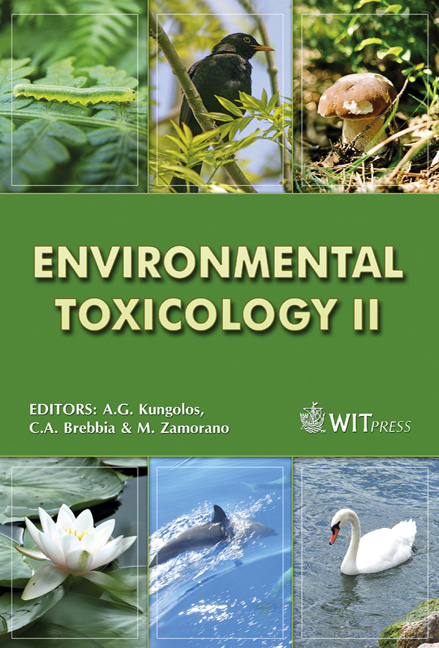Classification, Analysis And Interaction Of Solid Airborne Particles In Urban Environments
Price
Free (open access)
Transaction
Volume
110
Pages
9
Page Range
317 - 325
Published
2008
Size
316 kb
Paper DOI
10.2495/ETOX080331
Copyright
WIT Press
Author(s)
P. Cariñanos, C. Galán, P. Alcázar & E. Dominguez
Abstract
An analysis was made of airborne solid particulate matter in Córdoba, a city in the southwestern Iberian Peninsula with a Mediterranean climate. The detection and analysis techniques used enabled solid particles to be classified by size, by biogenic or non-biogenic origin, and by natural source of emission, e.g. pollen grains released by vascular plants during the pollen season, or particles attributable to human activity. Airborne particles of biogenic origin were predominant in the spectrum of the air in Córdoba. Intradiurnal variations in solid-particle counts closely reflected human activities, especially traffic. Peak biogenic-particle counts at times coincided with peak non-biogenic particle counts, suggesting that in certain weather conditions, particulate matter is not dispersed due to the high degree of atmospheric stability, and also that there may be interactions between the two types of particle, mediated by the presence of very small allergenic particles. This joint action may prompt a worsening of symptoms in pollen-allergy sufferers, as well as a deterioration in biological air quality. Keywords: solid suspended particles, PM10 particles, pollen grains, aerobiology, urban air pollution. 1 Introduction In many places, urban development – often with little regard for environmental sustainability – has prompted a sharp increase in air pollution, to the extent that the air is fast becoming a health threat rather than a healthy element. Of the six
Keywords
solid suspended particles, PM10 particles, pollen grains, aerobiology, urban air pollution.





